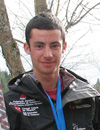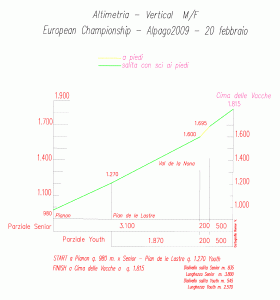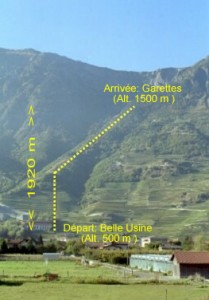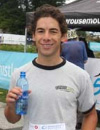I came across this footage on my friend’s blog – www.skialpinizmus.eu – and thought to share it with as many people as possible would be great. Have good laughs and make sure to pay attention to James Bond’s gear 🙂
My equipment guesses:
- The watch at about 10 seconds in looks like a hybrid of old Cassios and one of the first HP printers.
- Don’t know about the one piece ski suit, but he sure didn’t need any base layers like we do now. Any guesses?
- Best piece of equipment Bond used is still being used today.
I believe the backpack he had is Arc’Teryx Arrakis 50 liter. It looks the same.
- Skis are most likely Rossignols judging based on the ski tip art – Gallic rooster. See at about 49 seconds.
- I have no idea what the goggles were, whether his or the bad guys’.
- And I would like to find out what ski poles Bond was using too. They seem very cool with that shooting feature.
- Ski boots – no idea.
- I know nothing about parachutes and BASE jumping but Shane McConkey would have been proud of Bond for sure. He would have had good laughs too.
About the movie
The clip is from a movie called “The Spy who Loved Me” from 1977. According to Wikipedia it was filmed at many locations. Based on those listed this scene could have take place in Swiss Alps and at Mount Asgard on Baffin Island. More at Wikipedia.
Your guesses
Anyone have an idea about the equipment used in the movie? Funny or serious, share your thoughts.



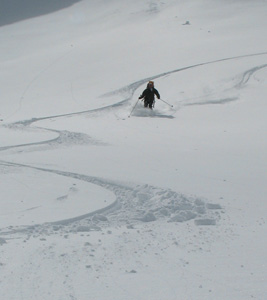
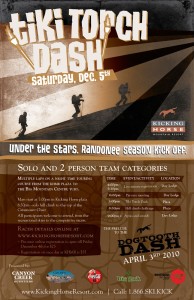
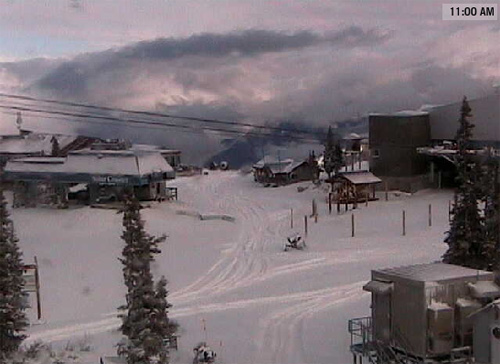
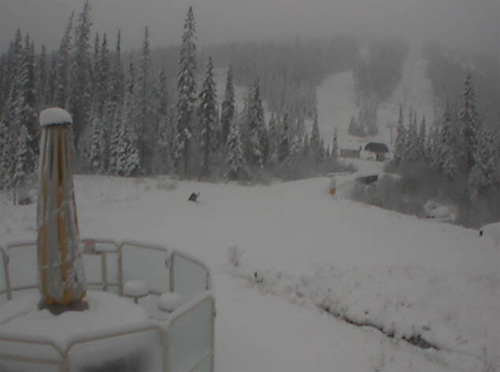
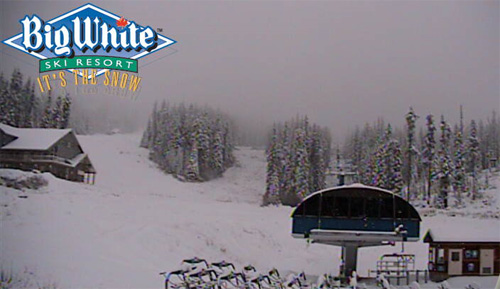
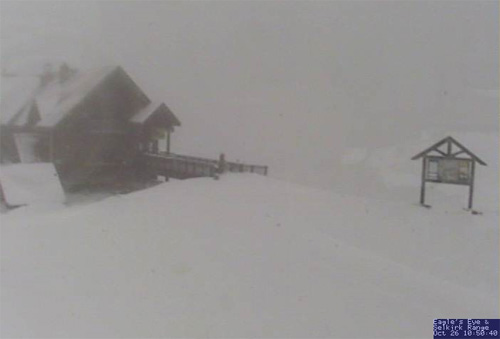
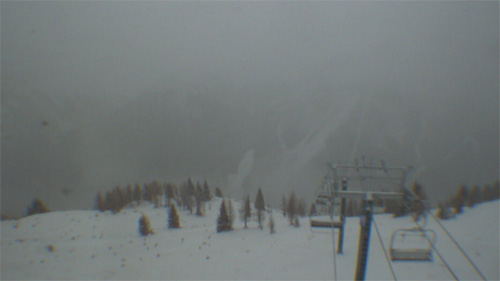
 Skimo (rando) racing is the ultimate force behind the evolution of the lightest equipment where skis, bindings and boots are dropping not grams but pounds almost every two years or so…and there are string$ attached.
Skimo (rando) racing is the ultimate force behind the evolution of the lightest equipment where skis, bindings and boots are dropping not grams but pounds almost every two years or so…and there are string$ attached.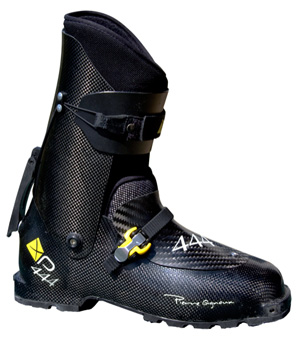
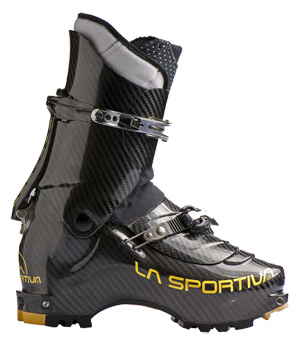
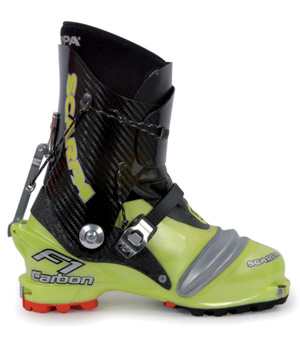
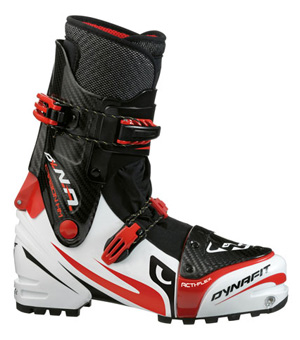
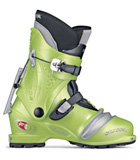
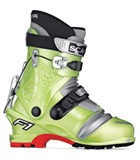
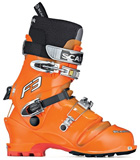
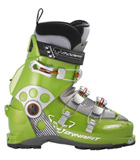
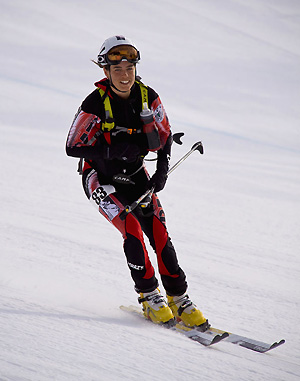
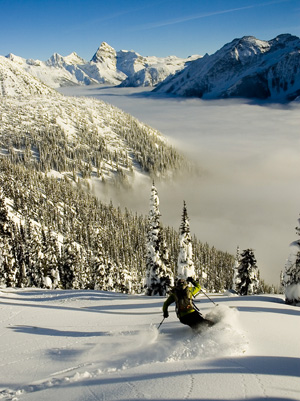
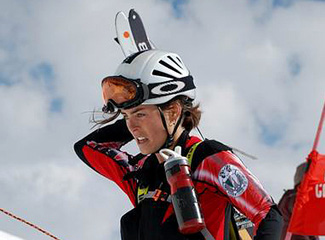
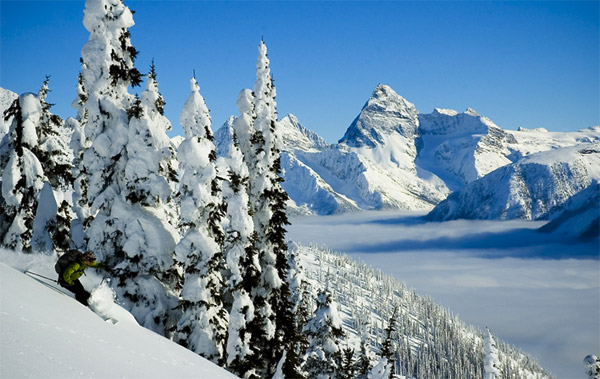
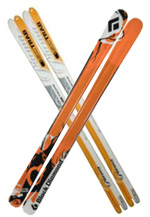
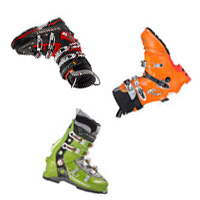 • how many buckles a boot has
• how many buckles a boot has Then Dynafit came out with a revolutionary Dynafit LowTech binding that changed everything. This was primarily due to the very innovative functionality design which shaved pounds and pounds of weight off the previous touring models.
Then Dynafit came out with a revolutionary Dynafit LowTech binding that changed everything. This was primarily due to the very innovative functionality design which shaved pounds and pounds of weight off the previous touring models.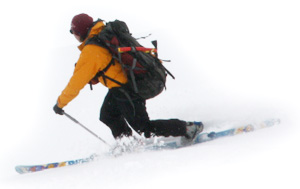 Telemark skiing (or telemarking) gear consists of the exactly same components as alpine touring – skis, boots and bindings. However, this gear functions differently due to the downhill technique of the marvelous telemark turn.
Telemark skiing (or telemarking) gear consists of the exactly same components as alpine touring – skis, boots and bindings. However, this gear functions differently due to the downhill technique of the marvelous telemark turn. Important differences among telemark boots, including the weight factor, are:
Important differences among telemark boots, including the weight factor, are: In the past, the biggest concern for telemark skiers (and those that wanted to try it) was a lack of releasability of their bindings in a case of a fall. Therefore, facing a potentially nasty “beating” of your head by your attached skis or spraining your knees. This has been dealt with in the recent years by improved binding models.
In the past, the biggest concern for telemark skiers (and those that wanted to try it) was a lack of releasability of their bindings in a case of a fall. Therefore, facing a potentially nasty “beating” of your head by your attached skis or spraining your knees. This has been dealt with in the recent years by improved binding models.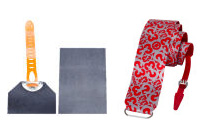 Make your first pair of skins synthetic or mixed ones and maybe after a season or two treat yourself with mohair skins for glacier skinning days.
Make your first pair of skins synthetic or mixed ones and maybe after a season or two treat yourself with mohair skins for glacier skinning days. The shovel and probe are more straight forward with each costing only around $40 to $80. Pick a shovel with an extendable handle and a metal blade as this gives you the best tool to dig with. For the probe, don’t go shorter than 240cm, preferably buy one that is 320cm long.
The shovel and probe are more straight forward with each costing only around $40 to $80. Pick a shovel with an extendable handle and a metal blade as this gives you the best tool to dig with. For the probe, don’t go shorter than 240cm, preferably buy one that is 320cm long.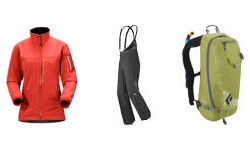 For downhill or more stormy days you should have some heavier duty windproof and waterproof gear. The most recommended are jackets and pants made out of GoreTex fabric.
For downhill or more stormy days you should have some heavier duty windproof and waterproof gear. The most recommended are jackets and pants made out of GoreTex fabric.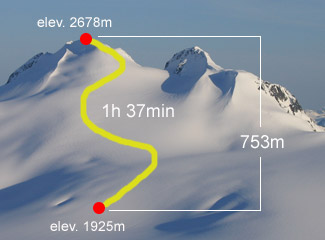 These are very interesting questions to which no one has an absolute answer for. I am going to take a shot at it while relying on my knowledge and experience in both ski mountaineering (skimo) and uphill running.
These are very interesting questions to which no one has an absolute answer for. I am going to take a shot at it while relying on my knowledge and experience in both ski mountaineering (skimo) and uphill running.